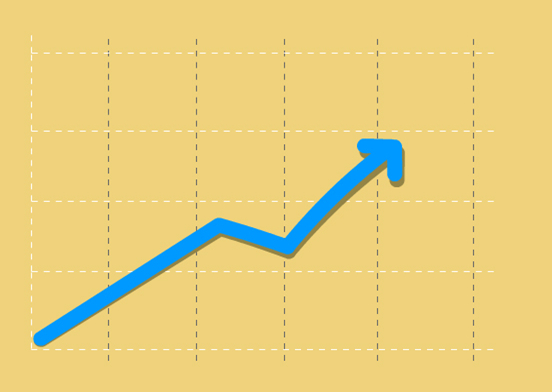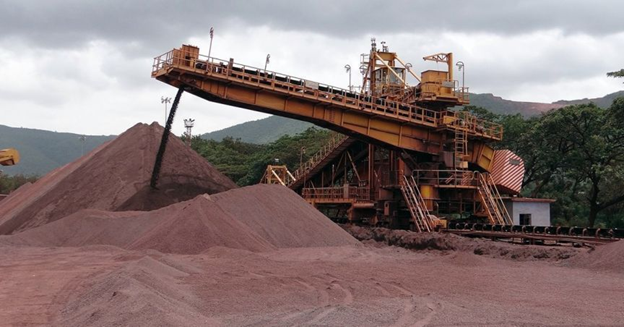Summary
- Iron ore prices are surging on the back of high demand from China and dwindling supply from Brazil.
- The spot prices for iron ore have jumped nearly 16-20% since 30 November 2020.
- The deterioration in trade relations between Australia and China has not impacted the iron ore trading between the two countries so far.
Iron ore prices are moving against the projections of the world’s largest producer and exporter. The September 2020 edition of the Resources and Energy Quarterly had forecast the price of iron ore to remain at around US$100 per tonne during Q4 2020 before sliding down further in 2021. However, the demand and prices of the base metal are touching the sky.
Prices Shoot to Nine-Year High
The iron ore price surpassed the US$150 per tonne mark during the first week of December. The future prices of iron ore in China crossed RMB 993 per Mt and closed near the all-time high of RMB 994 per Mt.

Image Source: © Kalkine Group 2020
Read More: Iron Ore Prices continue to Inch up, ASX Metals and Mining Stocks Rejoice
Australian iron ore exports have already surpassed the A$100 billion mark this year. The surge in prices will help the country to offset the losses from the import ban on thermal coal, wine, barley, and some other commodities by China.
Fear of Supply Shortage Boosting the Prices
Brazil’s Vale, the world’s largest iron ore producer, recently reported that the company is expecting iron ore production in the range of 300-305 Mt for the year 2020. The estimate falls little shy of the production guidance of 310 Mt provided earlier by the company.
The news of slashed production estimate triggered the panic button and catapulted the iron ore prices.
The bullish run has been further aided by the conservative estimate of 315-335 Mt production by the iron ore behemoth in 2021. This is lower than the market expectations and is contributing to the price increase.

Image Source: Shutterstock
Interesting Read: Vale Output Shock, Chinese Demand- Thrust Iron Ore Prices to New highs
China and Australia in Iron Ore Dynamics
China is the world’s largest iron ore consumer and importer, while Australia is the largest iron ore supplier and exporter, globally. Recently, trade relations between the two have been embittered by the Chinese ban on Aussie thermal coal and a raft of other commodities. The market is anticipating similar action on iron ore imports, which can cost Australia in revenue losses.
In the meantime, supply disruption may occur in Brazil due to heavy rains. Analysts also believe that the lower interest rates and weak US dollar are fuelling the iron ore prices.
The low-cost production capability of Australian miners coupled with their excellent export facilities, is expected to benefit the Aussie iron ore miners in this bullish market.



